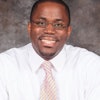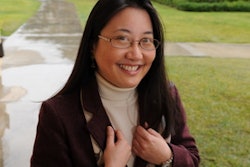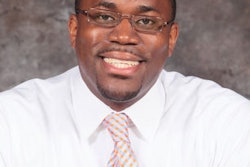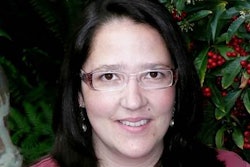After watching the major motion picture “Ray,” which chronicled the life of musician Ray Charles, Dr. Osagie Obasogie grew curious about how blind people understand and experience race and racism. He wondered whether the absence of sight shielded people from the day-to-day realities of race in this country.
When he found no published research on this subject, he tackled it.
What emerged was a path-breaking study that raised doubts about the effectiveness of color-blind laws and practices. Obasogie’s research earned him the inaugural John Hope Franklin prize for outstanding scholarship from the Law and Society Association in 2011 as well as a Stanford University Press book contract. In short, the sociologist and law professor discovered that blind Americans frequently grasp and experience race much the same way sighted Americans do — visually.
Obasogie interviewed 59 adults who were born totally blind so that survey results would not be skewed by people with memories of skin color they had seen before losing their sight. He asked how they defined race; what their early memories of race were; and whether knowing someone’s race was useful. He asked the same questions of sighted adults, too. The results?




















